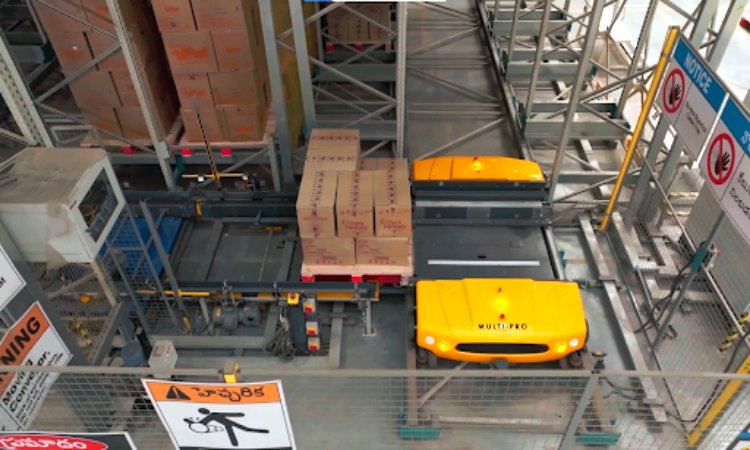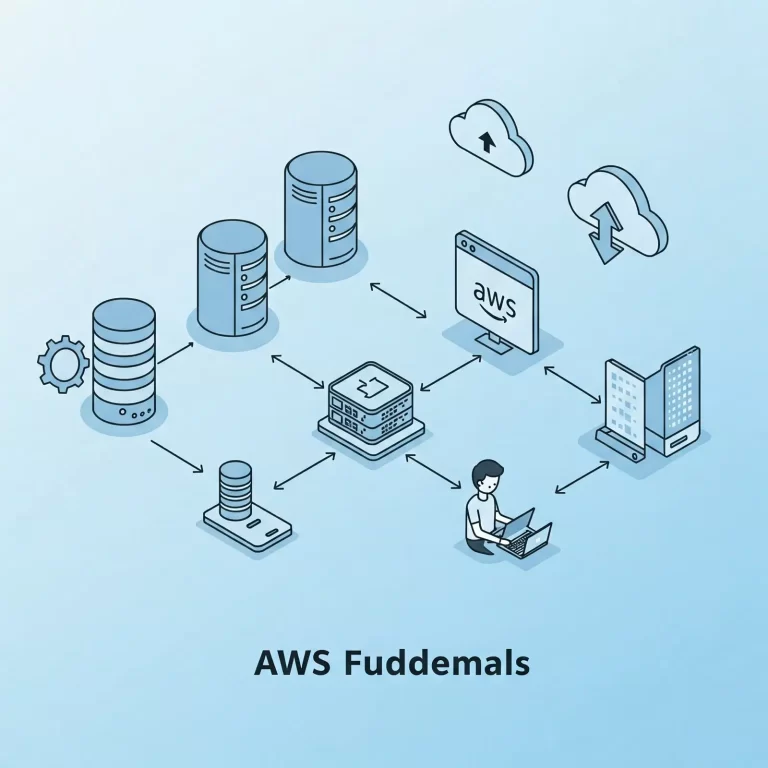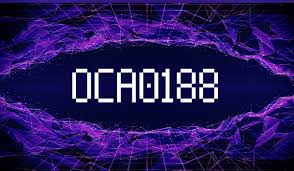
Attracting attention has evolved into both an art and a science in the fast-paced world of marketing and customer interaction that exists today.
Out of all the tools and technologies accessible, 3D lenticular technology is a distinctive and cutting-edge method of improving a product’s aesthetic appeal.
This striking method produces motion and depth effects that enthrall onlookers and make an impact.
However, how does this technology operate, and how can it improve your product?
To know more, keep on reading this article as we explore the principles, advantages, uses, and tactics of using 3D lenticular technology in your marketing and product design.
What Is 3D Lenticular Technology?
In its simplest form, 3D lenticular technology consists of the utilization of certain optical sheets referred to as lenticules to generate images that are depth, dynamics, or metamorphosis in appearance.
They are printed on a substrate base and then laminated with a lenticular lens sheet. This kind of lens changes the path of the light in a way such that when a viewer shifts their position in front of the image, it seems to move or change.
Key Visual Effects in Lenticular Technology
- 3D Depth: Gives a flat picture a sense of dimensionality by making the object appear as if it had some real-life depth.
- Flip Effect: An image that changes between two or more images when viewed from a different angle.
- Animation: A way to create an illusion of movement since it presents a set of frames, one after another.
A combination of these lenticular effects enables designers to develop 3D lenticular images that are impossible not to notice due to the changes they portray when observed from different perspectives.
How 3D Lenticular Technology Enhances Visual Appeal
3D lenticular technology enhances visual appeal in a number of ways.
1. Grabs Attention Instantly
Engaging with the target audience is always a massive problem in marketing since one has to cut through the clutter. A lenticular design is able to do this very quickly due to its changeable, in-motion appearance.
Whether the project is for a product label, poster, or point-of-sale display, the use of interactive designs pulls the viewer in and makes them take another look.
2. Gives an Organization a Premium Innovative Image
Readers find products with integrated 3D lenticular elements to be modern and of high quality. Using this technology to a certain level of sophistication conveys a message to the consumers that the brand behind this technology is creative and innovative.
It can, therefore, give a perception of the value of your product to customers and everyone else, thus making it easier for you to set a higher price.
3. Enhances Storytelling
Lenticular visuals are not a mere marketing trick; they are a way to convey narratives. Integrated into motion, depth, or transformation, a brand can communicate a story or a message through a single image.
For instance, a lotion may demonstrate skin change immediately after its application, and a can/bottle label of a drink may depict an icy sensation.
4. Engages Consumers on a Deeper Level
Even well-designed static images might occasionally fall short of engaging customers completely.
An interactive aspect is added with lenticular technology, which invites visitors to navigate the object to take in the shifting images. This interaction can strengthen the brand’s and product’s emotional bond.
5. Differentiates Products in a Competitive Market
Making an impression is essential in crowded markets. 3D lenticular designs offer a distinctive feature that can help differentiate your goods from rivals.
Long after the initial interaction, your product will continue to be distinctive because of the mix of beauty and interactivity.
Applications of 3D Lenticular Technology
Here are some ways that 3D lenticular technology may be used in a variety of contexts to produce visually striking and unforgettable experiences.
1. Product Packaging
One of the most popular applications of lenticular technology is in product packaging. Think of a cereal box that has a moving graphic of an animated character waving at the children or a perfume box that toggles between images of different floral fragrances.
Such effects can make the packaging attractive to consumers as they go through the shelves to search for the packaged products.
2. Labels and Tags
In the case of bottled products such as alcoholic and nonalcoholic beverages, lenticular labels can dramatically do the trick. A beer bottle might have a relief image of ice on the bottle’s surface to give the drinker the feel of a cold beer.
In the same way, hanging tags on clothing or accessories can creatively tell brand stories or illustrate the performance of the product via 3D designs.
3. Point-of-Sale Displays
Lenticular displays are well suited for retail settings. These are relatively small and simple forms of displays, including countertop ads or standees that catch the consumers’ eye and inspire the need to purchase.
For instance, the lenticular display for a movie could be characters that look like they are popping out of the movie poster.
4. Collectibles and Cards
Collectibles like trading cards, postcards, and tickets to special events are made using lenticular technology. These moving images give a certain touch of elitism, which escalates the feeling of pride in possessing such products.
5. Promotional Products and Merchandise
Promotional items like notebook covers, magnets, and keychains can also use lenticular technology. These are valuable items that, at the same time, serve as very effective promotional items because they are attractive, and consumers are likely to keep and use them.
6. Advertising Campaigns
Outdoor advertising, such as billboards and transit marketing with 3D lenticular applications, can be incredibly effective. The dynamic visuals are specifically advantageous in busy areas where conventional advertising signs can hardly be distinguished.
Industries That Benefit from Lenticular Technology
- Retail: Improves product shelf space and packaging to help drive sales.
- Entertainment: Provides audiences with dynamic posters and collectibles to enhance the engagement level.
- Food and Beverage: Provides aesthetic appeal to the labels as well as to the items used in promotions.
- Fashion: Used in advertising and merchandising specific styles creatively or in different seasons.
- Healthcare: Shows how the product changes, for example, transformation in the face or teeth.
- Technology: Emphasizes aspects that differentiate the product or give an object or scene a futuristic look.
Bottomline
In a world where first impressions count, 3D lenticular technology is a potent tool for improving the visual attractiveness of your goods.
Investing in lenticular technology is more than simply a design decision for companies looking to differentiate themselves in cutthroat industries; it’s a calculated step toward innovation and customer interaction.
Adopt this state-of-the-art technology to change the way your product looks and make an impression on your audience that will last.
Write and Win: Participate in Creative writing Contest & International Essay Contest and win fabulous prizes.


